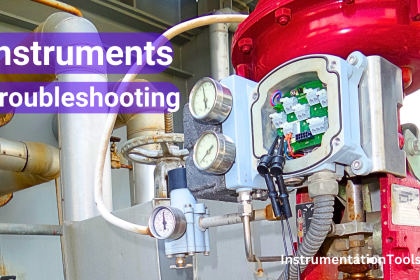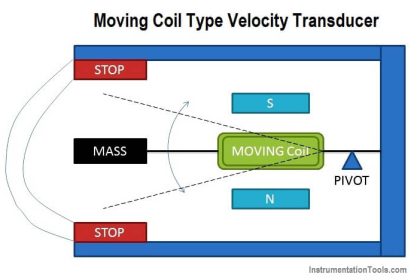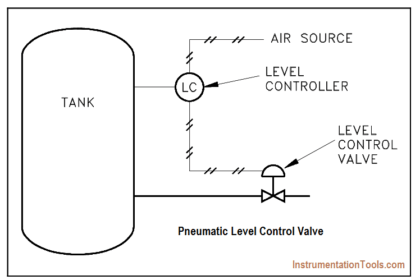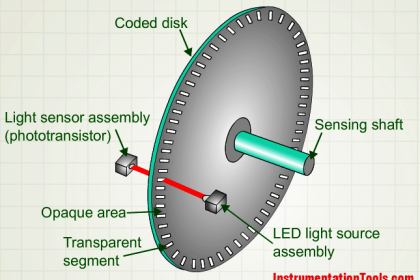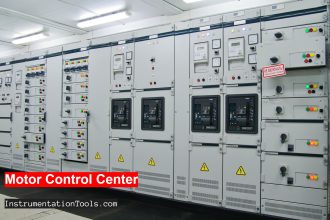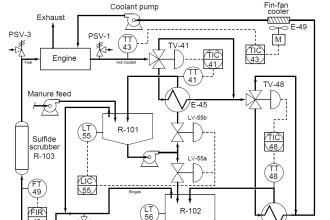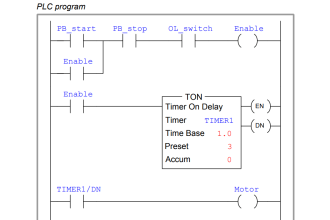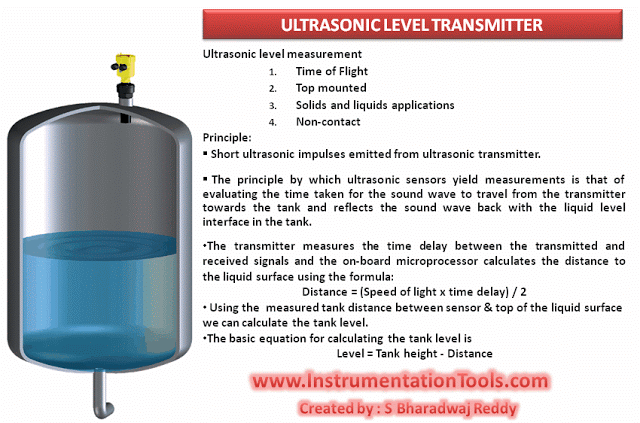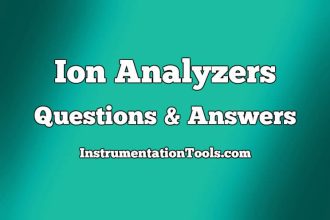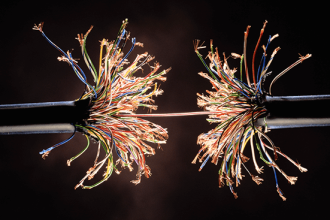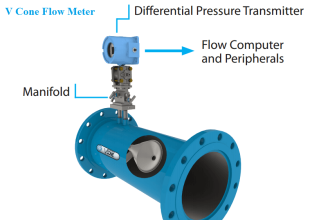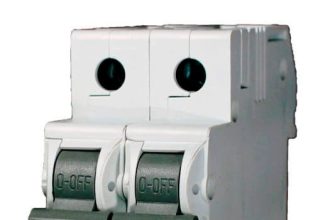One of the most confusing topics for many of us is the difference between force and power. The difference between force and power is very simple, but many times we face difficulties in justifying the difference.
Today in this article we will have a detailed discussion on both the force and the power. We will learn the difference between force and power.
Force
Force acts upon two bodies when they interact with each other. The force can be a push-type force or a pull-type force experienced by a body.
The external force acting on any given body is responsible for that body having motion or that body in the state of rest. One of the most famous laws describes force. Newton’s first law describes the force in a very simple way.
Newton’s first law states that a body will continue its motion if it is in motion or remains in rest if it is in rest unless and until an external force is applied to that body.
Force is basically of two types. One is contact type force and the other is non-contact type force. Examples of contact type force are frictional force, spring force, tensile force, etc. Examples of non-contact type force are gravitational force, magnetic force, etc.
Newton’s second law defines the force in a quantitative way. Newton’s second law states that the force acting on a body is dependent on both the mass and the acceleration action upon that body.
Force = Mass * Acceleration
F = m * a
The SI unit of the force is Newton denoted by N. Another unit of the force is (kg*m / s2)
Power
Power gives the amount of energy consumed to do work in a given unit of time. In other words, we can also say that the rate at which the work is done is power.
Power = Work Done / Time Consumed
P = W / T
Now work done is the product of the force applied on that body and displacement of that body.
Hence,
Power = Force * Displacement / Time
The SI unit of the power is Watt.
Difference between Force and Power
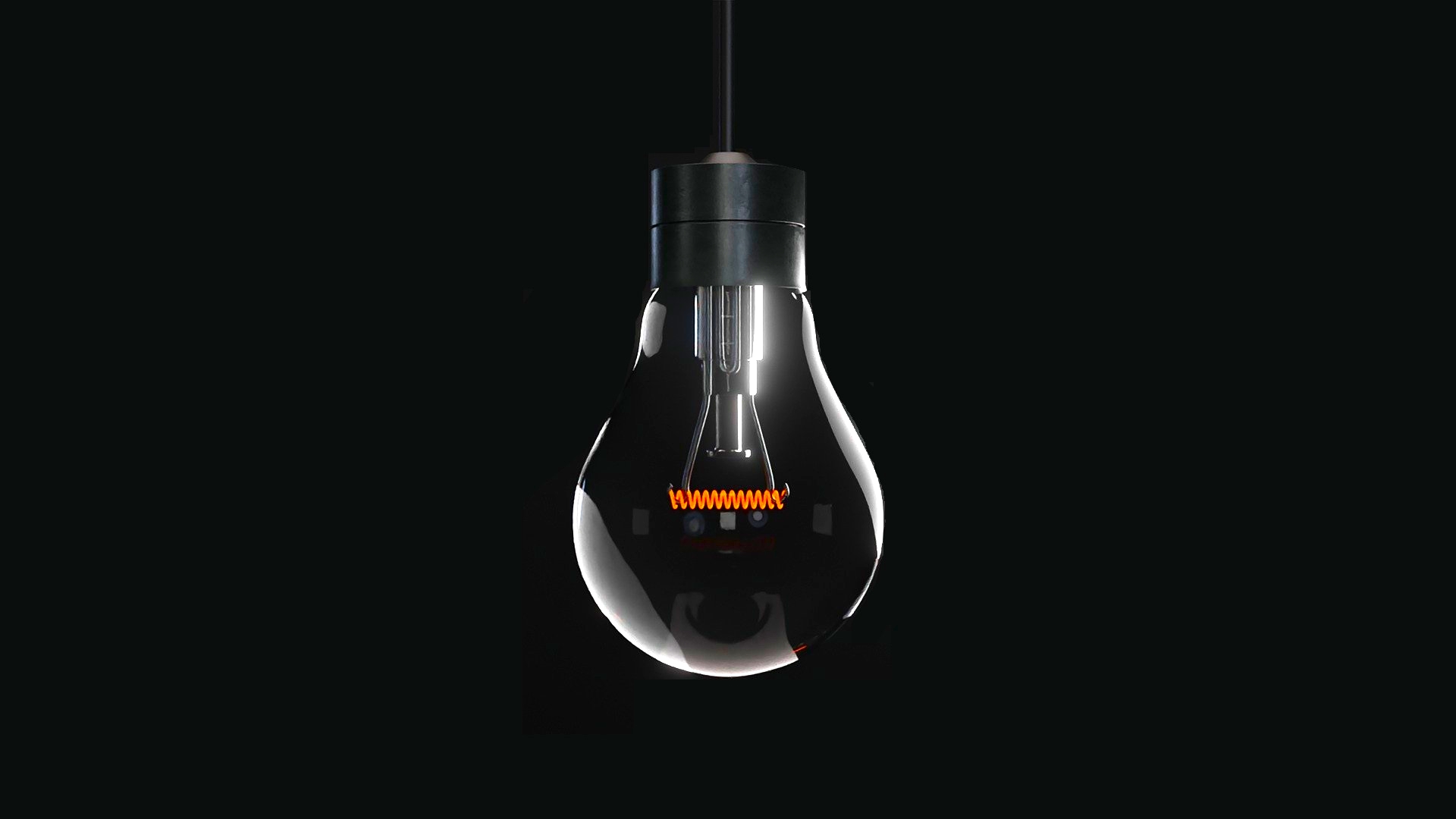
Now let us see the differences between the force and the power
| Force | Power |
| A push or pull experienced by anybody is termed as force | The rate at which work is done is termed as power |
| The SI unit of the force is Newton | The SI unit of the power is Watt |
| Force is denoted by ‘F’ | Power is denoted by ‘P’ |
| The formula used for calculating force is Force = mass * acceleration | The formula used for calculating power is Power = Word Done / Time Taken |
| Force is dependent on the mass of the body and acceleration acting upon a body | Power is dependent on the force acting on a body, the displacement of the body, and the time taken for it. (Here, work is the product of the force and displacement) |
| For a given body at rest, some force may be acting on it depending on the position of the body (For example a body hanging vertically needs some force against the gravitational pull force to remain hanging) | For a given body a rest, no power can be acting upon that body as the displacement is 0. |
